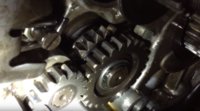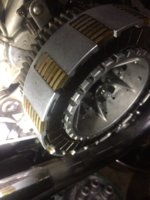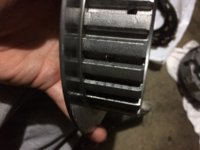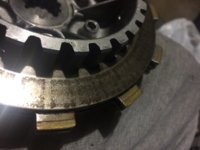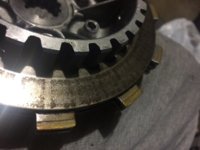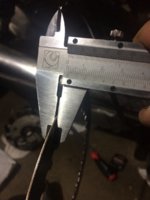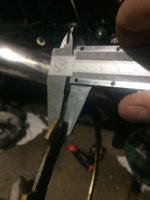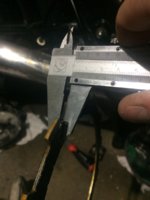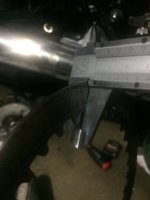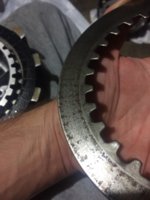I can't get in the garage tonight but I did manage the below video showing what is behind the clutch basket. Maybe that is what is doing the damage, but what cause it to happen in the first place?
The Yamaha specs looks like mine, I can't do a proper check until tomorrow but I have all those parts (I believe) maybe they are in the wrong order?
I do have to get some calipers!
https://drive.google.com/open?id=0B3tSQlhhBRz9d250U21DNDBocWc
The Yamaha specs looks like mine, I can't do a proper check until tomorrow but I have all those parts (I believe) maybe they are in the wrong order?
I do have to get some calipers!
https://drive.google.com/open?id=0B3tSQlhhBRz9d250U21DNDBocWc

